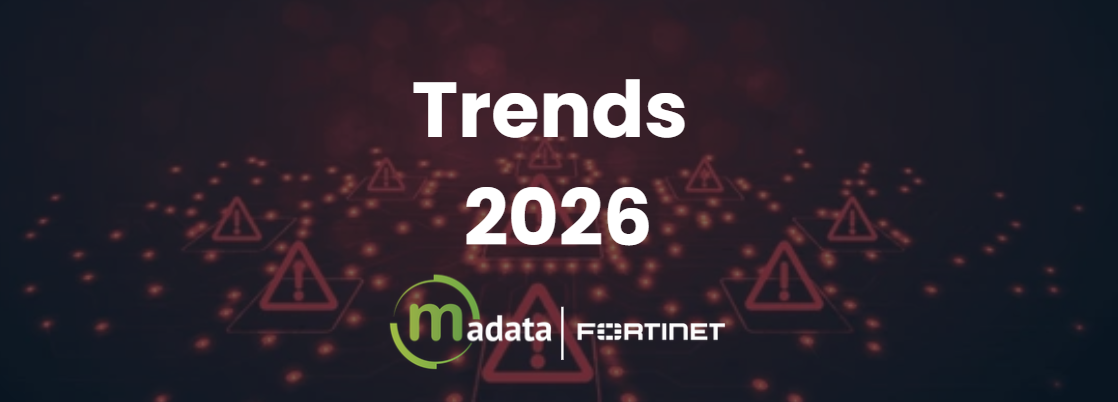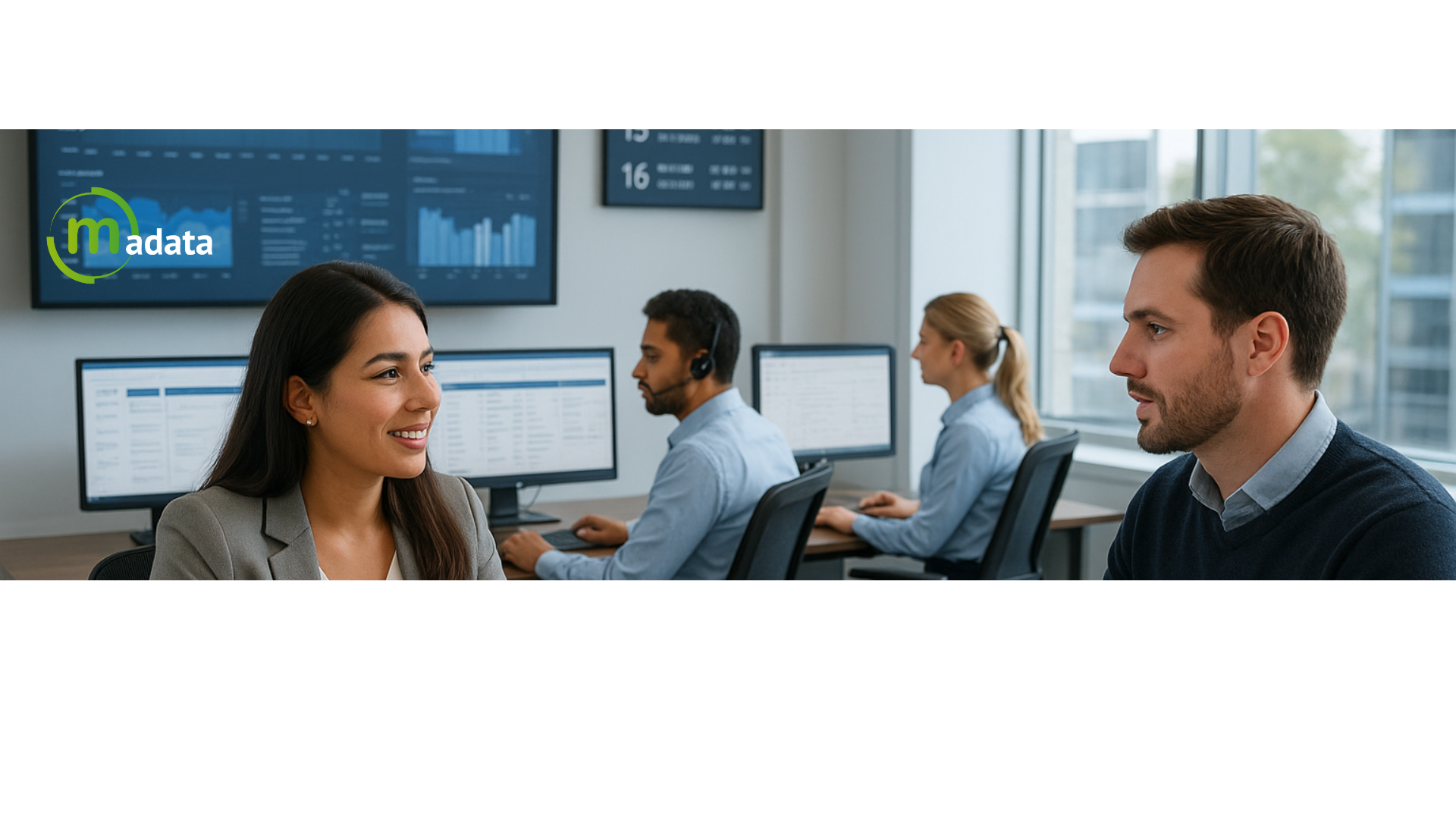At times, cybersecurity sounds like a movie or science fiction theme in which a group of hackers can manipulate anything related to the digital world and information technologies. But reality has changed completely from another “fiction” story, such as the COVID-19 pandemic.
The popularity of cybersecurity goes hand in hand with the change in the way people work, the equipment required to work remotely or from home, and the large security gap that has opened up with this work flexibility.
Popularity grew not due to the simple word and its meaning but to the exponential growth of attacks as a result of this flexibility. That is why we are talking about two types of cybersecurity that should put users who use a medium in the spotlight: hybrid work, such as working from home and in the office.
Personal Cybersecurity
Several factors put information security at risk, and consequently, the issue of cybersecurity becomes relevant for companies since their users are the main source of infection when we talk in terms of the employee not being on the premises and under the protection of the organization's infrastructure :
- Unsecured Internet Use: The home internet is not protected in any way other than the service provider's initial configuration. Accessing any available page or making connections without monitoring where you are going puts the computer equipment in danger and leaves external connections vulnerable.
- Use of Personal Computers: When using personal computers, the organization and the user are not sure of being protected since they may not have security tools installed, the use of the computer may be for another purpose outside the work scope, or simply clicking in an unknown league it can open the door to a greater attack.
- Freedom to Install and Uninstall Software: For the organization, giving the user freedom to install software can open the door to the installation of viruses or malware without the user's knowledge. With the permissions granted, the user can take control of the computer to search for victims related to that computer, take advantage of the computer's access to the company network, and start a massive attack.
- Opening Malicious Emails: The issue of Phishing is a social engineering issue associated with the vulnerability of users' lack of training to click on links or open email files without first verifying their veracity or source. This means that opening spam can endanger the user's information, the computer equipment, and even the infrastructure of the organization to which it connects.
To mitigate these situations, the following is recommended:
- To access the company's network or applications, always use only computer equipment granted and configured by the company. This ensures that the permissions granted are limited to the user's functions and cannot create a greater gap.
- Software Installation only by the IT Team: This is in order to ensure that the installed software is verified or paid for so that it does not come from dubious sources or from any untrustworthy site.
- Have Anti-Malware Protection and DNS Protection: The computer must always have anti-malware protection and, if desired, DNS protection monitored by the same tool or a dedicated team within the organization to be aware of any attack alerts.
- Web Filtering: Limiting Internet access for users helps protect equipment and information in order to focus the user on carrying out the activities that concern them on certain Internet sites alone.
Is your company information stored securely? Discover how we have supported our client GCC in protecting their digital information.
Occupational Cybersecurity
Complementing personal cybersecurity, measures must be taken within the organization to be able to operate in a hybrid manner safely, without risks and vulnerabilities that could compromise the information but, above all, the organization's infrastructure.
The recommended measures are the following:
- Implement Double Factor Authentication to Applications within the Organization.
- Monitoring of equipment or applications that use confidential information.
- Guarantee facilities and infrastructure that ensure remote access and collaboration in a secure manner
- Strengthen the organization's cybersecurity strategy by focusing on known vulnerabilities and conducting periodic reviews of the issue in processes and infrastructure.
- Create awareness and training activities for users on cybersecurity issues, seeking to protect themselves, the information, and the organization's systems.
As organizations transition to new ways of working, the resulting changes to enterprise cybersecurity risk profiles must be repeatedly assessed and monitored so they can be actively managed, prioritized, and mitigated.
Do you want to receive more information about cybersecurity for your company and your employees?
Email us at contacto@madata.com, and a digital security specialist will help you make the best decision for your organization.
%20Ciberseguridad%20Personal%20y%20Laboral.jpg?height=420&name=42%20(Option%202)%20Ciberseguridad%20Personal%20y%20Laboral.jpg)




%20Ciberseguridad%20en%20los%20Gobiernos%3B%20Un%20gran%20desaf%C3%ADo%20en%20el%202023.jpg)

